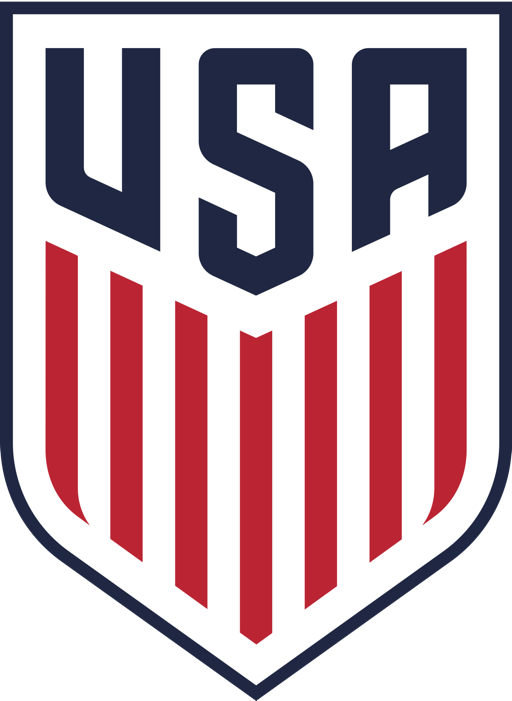Any soccer coach wants their players to improve, but sometimes it is hard to quantify that progress. That’s why it can be a good idea to use statistics to illustrate the progress of your players. We are not talking about goals and assists either. Any time you measure a physical ability on the soccer field, you are using statistics.
The USMNT does the exact same thing when they train. Usually, at the beginning of the season, they run a drill called the “beep test” where they run back and forth over short intervals to test their fitness. It’s one of the most rigorous testing procedures they endure during training because the players only stop the drill when they have become completely fatigued. Not only does it score the individual players, but it shows the coaching staff how they all rank related to each other.
Not only can you do this for your purpose, but it also serves to motivate the players and create more competition. It is also a good way to report to parents how their children are doing without worrying about their game performance.
One thing that charting helps you do is set realistic goals for players to reach. If they did 25 push-ups in a minute, maybe next time they aim for 30. You can even offer bonuses to your players who reach their milestones. It also helps with a player who has been injured recently. They can check their stats to see where they are relative to what they were when they were healthy.
There is another benefit to keeping stats in practice because it will help your players focus on drills. If they know they are being timed in a drill or a sprint, they may work that much harder to complete it. The one drawback to this is to do it too many times. Novelty and surprise are sometimes the best tactics in education, but when you overuse a tactic, it can become boring and mundane to the players. That is not the way to run an exciting practice.
If you are coaching younger children, there is no need to test your team so rigorously, but there are some good tests out there to denote the improvement of your team.
At the end of the season, when you give out awards and certificates, you can give them out for the fastest dribbler or runner or the most improved sprinter. It’s completely up to how creative you get.
What You Will Need
A stop watch for short interval sprints or a watch for distance training. You may also want to purchase a teacher’s grade book, available at most teacher supply stores, or a spreadsheet program for your computer to input all the numbers.
Some examples:
- Set out six cones in a straight line – one yard apart. Players dribble as fast as possible in and out of the cones with them turning around at the final cone and reversing their dribbling back to the start/finish line.
- Sprinting from the goal line to half field (with and without the ball)
- Running laps around the field (1 (quarter mile) up to 4 laps (mile))
- Sit-ups/pushups
- How many juggles in a row can you do.
- How many juggles in a row can two people do.
- How far can they kick the ball.




